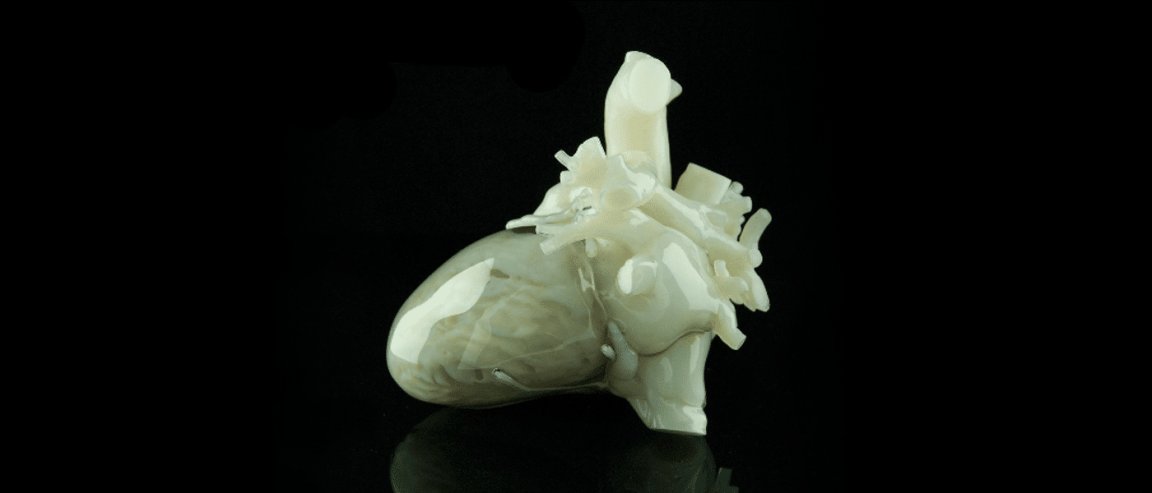
BODY BUILDING
Researchers from the Heart Research Institute (HRI) have developed a 3D bioprinter, the first of its kind in Australia, that could replace a patient’s damaged cells after a heart attack.
“When patients come into the clinic, they would provide us with their cells from their skin,” HRI scientist Dr Carmine Gentile explained. “Those cells can generate stem cells and then heart cells.” The resulting patch of beating cardiac cells can be stuck directly to a damaged organ following an attack. In order to be sure the patch is the right size and shape, each patient’s heart is first scanned to map the damage.
According to Gentile, “the cells behave[d] like a real heart. This is a striking finding that we have been able to identify in our lab.”
Initially a method used to produce various tools and equipment, 3D printing has been quickly adapted to medicine. All bioprinters are still experimental, however, since their output has not yet been rigorously tested by medical experts.

IMPROVED TREATMENT
Bioprinting is no doubt more effective than current methods of coping with heart attacks, which force the heart vessels open to facilitate increased blood flow. Theoretically, this print-and-patch method should work for all patients without fear of rejection.
“We haven’t succeeded in finding a solution in replacing the scar muscle or to regenerate hearts. That’s one of the holy grails of cardiovascular research at the moment and this is just one potential exciting solution,” said Kolling Institute’s Gemma Figree, a cardiologist.
This is especially relevant since, according to The Heart Foundation, someone in the US suffers a heart attack every 34 seconds, while someone dies from a heart-related disease every 60 seconds. The costs of heart disease pile up to a hefty $320.1 billion, which also accounts for foregone productivity and healthcare expenditures.
Experts from the HRI believe that the synthetic heart cells could even be used for testing drugs, particularly the side effects that might affect the patient. According to the researchers, these bioprinting methods could be available in about five years. The process will be costly however, as it is expensive to collect biological material to 3D bio-print a patch.